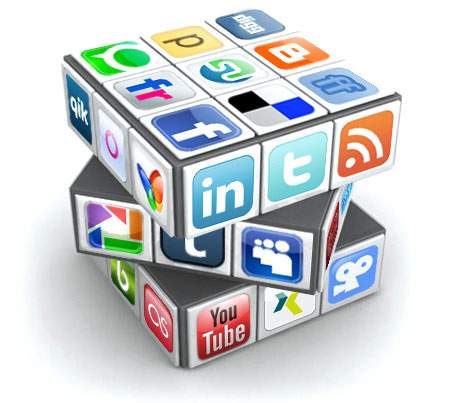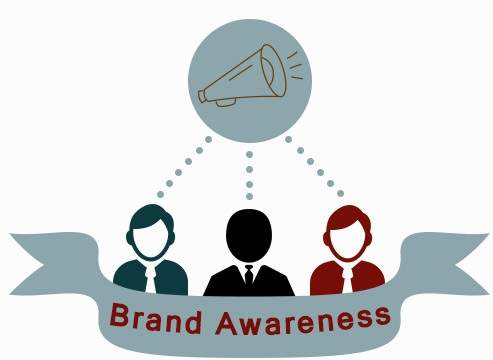SMM - Facebook Marketing
Facebook is a social networking service provider. It lets you invite
and connect with friends, send messages and pictures, like and comment
or share them. Facebook has seen outstanding growth since its inception
and is poised to maintain its dominance in social networking.
History of Facebook
Facebook was founded by Harvard student Mark Zuckerberg on February
4, 2004. In May 2007, Facebook opened up its developer platform to allow
third-party developers to build applications and widgets that, once
approved, could be distributed through the Facebook community. In May
2008, Facebook engineers announced
Facebook connect, a cross-site
initiative that allows users to publish on third-party sites in their
Facebook newsfeed. The site was redesigned in late 2008, intended to
streamline the website and make it easier to see what friends were
doing.
What is Facebook Marketing?
Facebook is undoubtedly the most popular social media platform
available with many advantages associated with it. It is primarily a
social networking site, however it can be used as a handy tool for
promoting and advertising a business. We can use Facebook to promote a
brand, market a company, or create awareness about a service or a
product.

Success with this form of marketing requires more than a fan page and
a few friends. When used effectively, Facebook marketing can provide a
business with exciting benefits and results. Facebook marketing can
enable businessmen to greatly improve their brand awareness and reach
out to a wider audience.
How to Create a Fan Page?
A Facebook fan page is an amazing way to promote your business, build
awareness for a cause, and gather support for your brand. If you would
like to create a fan page, follow these easy steps −
- Log in to your Facebook account.
- Click on the settings on the top right-hand corner of your page.
- Click on create page.
- Click on the type of page you would like to create.
- Fill in all the information required.
- Click on "get started".
- Upload a profile picture and click on save photo.
- Complete the 'about' section and click 'save info'.
- Now decide whether you want to enable ads or skip (it will be payable if you enable).
Facebook Profiles
Facebook Profiles are for people and they are generally meant for
personal use only. A Facebook profile is an account that is allocated
against an individual, who can use it to network with friends and
colleagues, and share information with them. It is designed to be a
unique profile on the Facebook network for that one individual, and it
is not meant to be used to represent a company, an organization, or a
fictional character.
Facebook Places
Facebook Places enable people to provide real-time update of where
they are and what they are doing when they are on the move. It also
enables its users to take advantage of unexpected coincidences such as
discovering that they are at some concert as their friends. Users can
check in when they arrive at a location, and see whether their friends
are nearby. The best part about Facebook places is that it will more or
less maintain itself once it has been created. Facebook users do have
the ability to 'like' the Facebook places as well, so encourage visitors
to press the 'like' button after they check in.
Facebook Groups
Facebook Groups are the places for small group communication where
users can share their common interests and express their opinion. Groups
allow people to come together around a common cause. Groups are for
discussing issues and share related content. When we create a group, we
can decide whether to make it publicly available for anyone to join,
require administrator approval for members to join, or keep it private
and by invitation only. Groups range widely − from light-hearted themes
to organizing activities to serious topics such as politics and world
events.
Facebook Community
A Facebook Community is about an organization, a celebrity, or a
topic. Community pages are meant for general topics and all kinds of
unofficial but interesting things. These pages let us stay connected
with others who share similar interests and experiences.
Grow Your Business with Facebook
Facebook is fast becoming a powerhouse of marketing activity due to
the sheer number of engaging users on the site and the simplicity of
connecting with them directly.
Facebook can provide your business with a branding outpost on the web
where customers, employees, and even the media can find information
about your company, products, and services. Facebook connects you and
your staff directly to your customers and fans.
Facebook can generate new leads for your business by drawing users’
attention towards what you are offering. Facebook helps in sharing
links, images, and posts on a customizable page to project a better
sense of your business. Facebook runs tactics like contests,
sweepstakes, etc., that can increase fans and brand awareness of your
business.
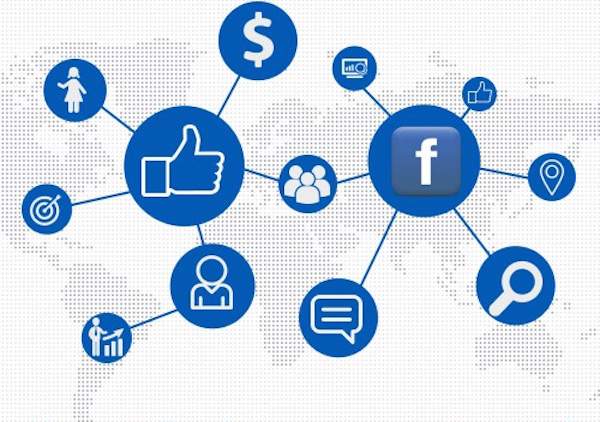
Latest Facebook Trends
The nature of social media marketing is ever-changing, so it is
important to constantly stay updated with what the current market trends
are. The latest Facebook trends that a business should be aware of are −
using the cover photo for marketing, different types of Facebook posts,
more pictures, etc. Facebook looks completely different from how it was
a year ago, so it should not be surprising that marketing on the social
network has also changed a great deal.
What are Adverts?
Adverts on Facebook are unique. They are shown to specific groups of
highly engaged people. If your adverts have a great creative content and
are well targeted, they get more likes, comments, and shares. When we
boost our page posts or expand the audience for the adverts, more people
will see them when they visit Facebook. Facebook ads allow us to
promote our business, get more fans to our business page, and drive more
leads for our sales team. Facebook ads allow us to advertise a website
or content that we manage on Facebook (like a group, page, or event)
To create an ad, go to −
Facebook And click "create an ad".
How to Create a Campaign?
With targeted ads, stories, and wall posts, a successful campaign can
be a powerful tool in our advertising arsenal. When running a Facebook
campaign, we can draw on several Facebook components such as wall posts,
Facebook ads, sponsored marketing, unique page tabs, etc. We can break
down reports by campaign and also easily start/stop all ad sets within
that campaign.
Campaigns correspond to each of our advertising objectives, like
building brand awareness or driving web traffic. They are designed to
help optimize and measure our results for each objective across multiple
ad sites and ads. Each campaign can feature multiple ad sets, each of
which has its own budget and schedule. We can also organize each ad set
to represent a particular audience segment, for example, we can have an
ad set for people who live near our store. This will help us control the
amount we spend on each audience, decide when they will see our ads,
and measure their response. Within each ad set, we can have multiple
ads, each of which can feature a different set of images, links, videos,
or text.
Facebook − Do's and Don'ts
Do's
- Use Facebook to stay in touch with your friends and make new ones.
- Use Facebook to advertise your organization’s events.
- Use Facebook to get involved with the campus community and learn what is happening around.
- Use Facebook customer support page since it contains valuable
information about privacy controls and other important safety
information.
- Do check each friend request carefully after visiting their profile.
- Do use "privacy settings" while building up your photo albums.
Don'ts
- Don't use your wall to announce your schedules, journey and planning.
- Don't use public walls as your own. Try to maintain the decorum of groups and fan pages.
- Don't accept friend requests from strangers.
- Don't use Facebook for ragging and bullying anyone.
- Don't post pictures of your friends without their permission.
- Don't disclose personal information such as cell phone number, address, etc., unless you feel comfortable.
Increase Facebook Likes for a Fan Page
- Create a Facebook fan page with an instantly appealing image, as it will help in attracting more attention.
- Keep the Facebook fan page up to date by writing suitable
description and posting interesting and friendly page titles. Always try
to provide your readers with something fresh to read.
- If you are running a contest on your page, then ask your visitors
to like your fan page. Facebook contests are the easiest way to get
people excited, as the lure of a big prize compels your target customers
to 'like' your page and become your fan.
- If you are running a business, then you should promote your fan
page by using ads in the Facebook, as it is the easiest way to increase
the visibility of your brand and reach out to a highly targeted
audience.
- Promote your page on your official website because it helps you
to get likes from new visitors on your site. Having a 'like' button on
your website is an easy way to drive new likes over time.
- Synchronize your Facebook page with your other profiles on other
social networking sites like Twitter, dig, etc. It will help you get
more visitor response.
- Sometimes educational content is a better incentive for a 'like'
than a discount offer or a prize, depending on your industry or the
target audience. Providing free written content such as eBooks can drive
tons of new fans and customers.
What are Facebook Apps?
Facebook apps are basically software programs that can be added to
users' Facebook profiles. These interactive software applications are
developed to utilize the core technologies of the Facebook platform.
Applications for Facebook have gained massive popularity in the last few
years due to its uniqueness and the ease of creating them.
Facebook apps integrate Facebook newsfeeds, notifications, various
social channels, and other features to generate awareness and interest
in the app by the Facebook users. Apps and games are normally developed
to enhance your experience on Facebook.
You can add the apps that interest you from the app center. The
information found in these apps is stored on developer servers that are
not hosted by Facebook. The developers are responsible for their
servers. It has not been possible to exchange real currency directly
within Facebook apps, however apps can utilize 'Facebook credits', a
virtual currency that can be purchased in order to acquire virtual goods
and services within Facebook apps.
Facebook Apps − Advantages
- Increased exposure to potential customers.
- Easily create new product or service campaigns online.
- Lower marketing expenses.
- Reach a targeted customer.
- Build brand loyalty.
- Provide multiple marketing platforms.
- Budget-friendly ads.
- Marketing strategy is low cost.
- Allows business to communicate with existing and prospective clients.
- Can easily update everyone at once about your business.
 You will be glad to know that you can start your Android application development on either of the following operating systems −
You will be glad to know that you can start your Android application development on either of the following operating systems − Android is an open source and Linux-based Operating System for mobile devices such as smartphones and tablet computers. Android was developed by the Open Handset Alliance, led by Google, and other companies.
Android is an open source and Linux-based Operating System for mobile devices such as smartphones and tablet computers. Android was developed by the Open Handset Alliance, led by Google, and other companies.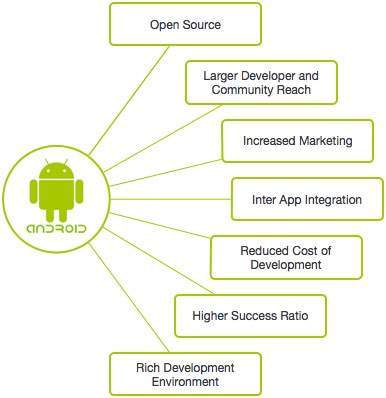

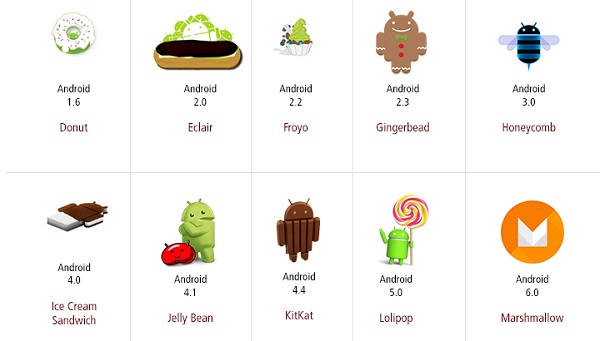
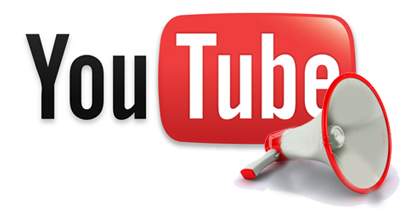
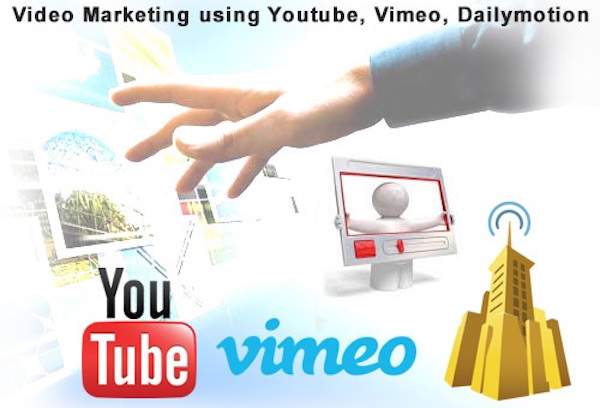
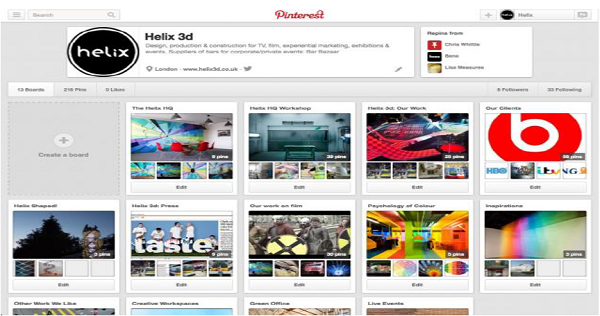 Pinterest taps into a very fundamental human behavior – the desire to
collect things (even if they may not be of any apparent value).
Pinterest taps into a very fundamental human behavior – the desire to
collect things (even if they may not be of any apparent value).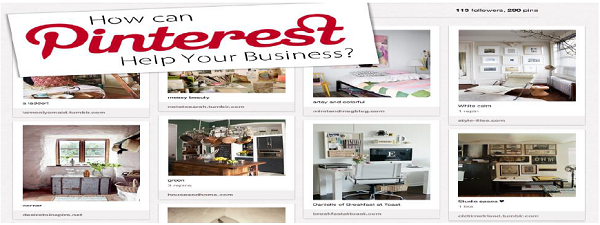
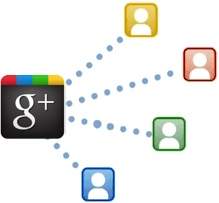
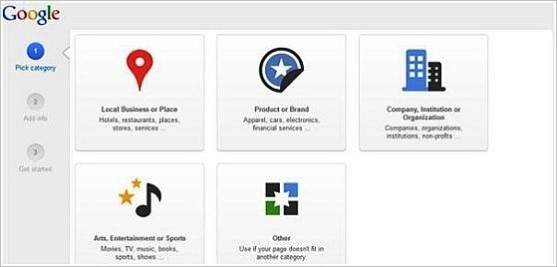 Upon selecting the main category, you will be shown sub-categories to
showcase your business with more details. Select your sub-categories
and move to next.
Upon selecting the main category, you will be shown sub-categories to
showcase your business with more details. Select your sub-categories
and move to next.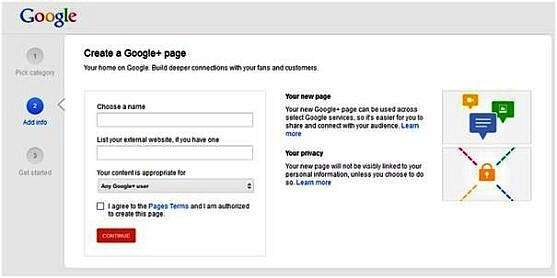 Check "I agree to the Pages Terms....." and Continue....
Check "I agree to the Pages Terms....." and Continue....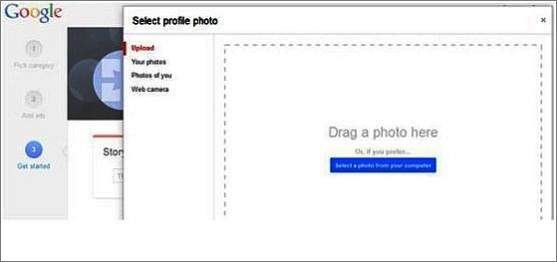 Under Story, add a tagline and a storyline. Fill your contact information. Click the 'finish' button.
Under Story, add a tagline and a storyline. Fill your contact information. Click the 'finish' button.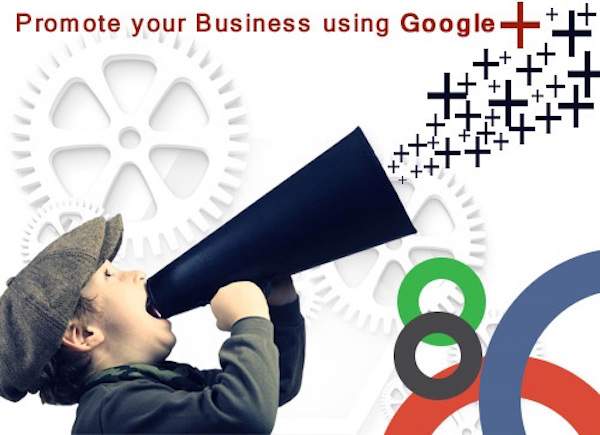
 One can follow a company, get notifications, bookmark jobs, like and
comment other’s posts, and invite others on LinkedIn. The best part of
LinkedIn is that you can see your recent visitors and endorse others’
skills.
One can follow a company, get notifications, bookmark jobs, like and
comment other’s posts, and invite others on LinkedIn. The best part of
LinkedIn is that you can see your recent visitors and endorse others’
skills.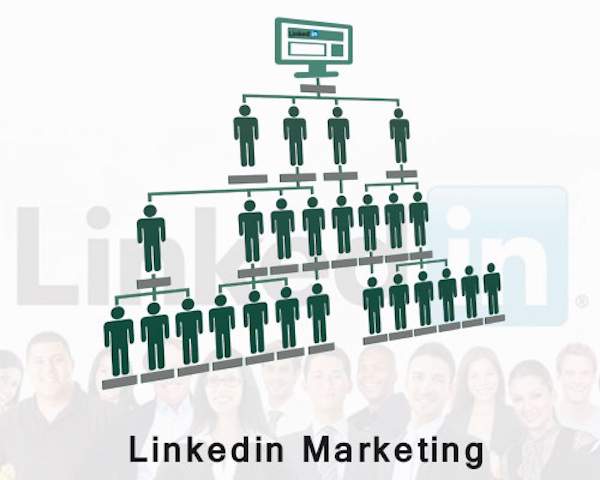
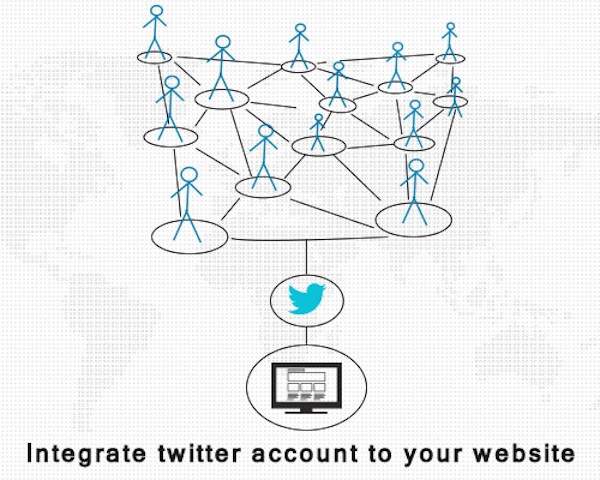
 Hash tags allow you to create communities of people interested in the
same topic by making it easier to share and find information related to
the common topic.
Hash tags allow you to create communities of people interested in the
same topic by making it easier to share and find information related to
the common topic. Success with this form of marketing requires more than a fan page and
a few friends. When used effectively, Facebook marketing can provide a
business with exciting benefits and results. Facebook marketing can
enable businessmen to greatly improve their brand awareness and reach
out to a wider audience.
Success with this form of marketing requires more than a fan page and
a few friends. When used effectively, Facebook marketing can provide a
business with exciting benefits and results. Facebook marketing can
enable businessmen to greatly improve their brand awareness and reach
out to a wider audience.
